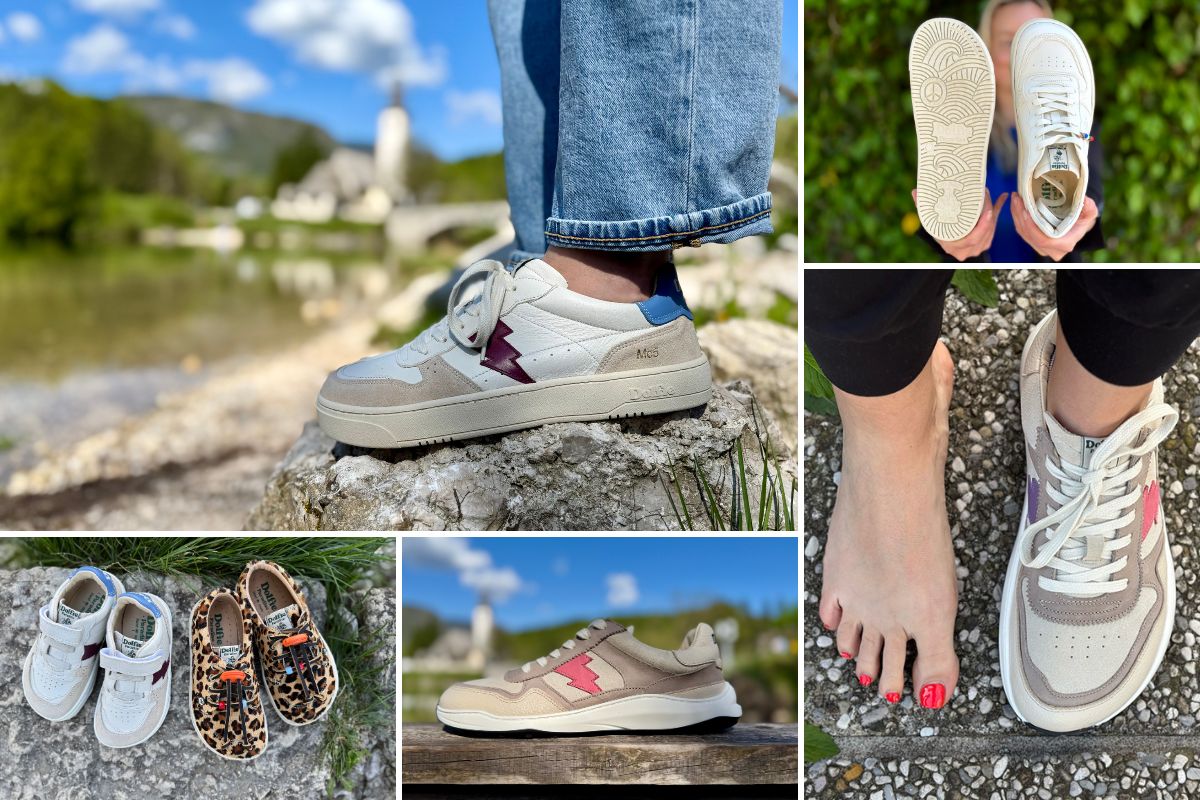Manufacturers use different methods to measure shoes, and there is no standardized approach, making it crucial to understand these measurements when selecting the correct size. Typically, size charts provide the internal length and sometimes the width of the shoe. Here’s what you need to know:
Measuring Shoe Length
Manufacturers may measure internal shoe lengths using various methods, each with its own pros and cons:
- Last Measurement: This method measures the vertical distance from the midpoint of the heel to the longest point of the toe. However, discrepancies can occur because the shoe may feel longer, wider, shorter, or narrower depending on the materials and linings used.
- Insole Measurement: This measures the length and width of the insole. Since insoles are typically narrower than the shoe’s internal width, discrepancies can arise, especially with different materials and linings.
- Plus12 Measurement: Common in EU barefoot footwear stores, this method measures the space inside the shoe from the center of the heel to the longest part of the shoe (usually a diagonal distance). While it can better detect variations in internal length due to thicker linings, human error is possible depending on how strongly you push into the material and the points you measure. It also doesn’t account for the heel curvature of the shoe.
Note: Always check the measurement information provided by the manufacturer’s official website to understand their specific methods.
Measuring Shoe Width
Width measurement in size charts can be more complex and tricky because it attempts to describe three-dimensional feet with two-dimensional measurements. Various methods include:
- Last Measurement: Measures the width on the shoe lasts.
- Insole Measurement: Measures the width on the insole, which is usually narrower than the shoe’s internal width.
- Inside Shoe Measurement: Uses tools like a Clevermess device. Discrepancies may occur depending on where you are measuring and how much pressure is applied.
The feeling of width inside the shoe is influenced by several factors, including shoe volume, sole design, and materials used. Different measuring techniques—whether horizontal, diagonal, or at different points—can also affect how wide or narrow a shoe feels. Therefore, a shoe might sometimes feel wider or narrower based on its overall design and your foot’s specific shape.












